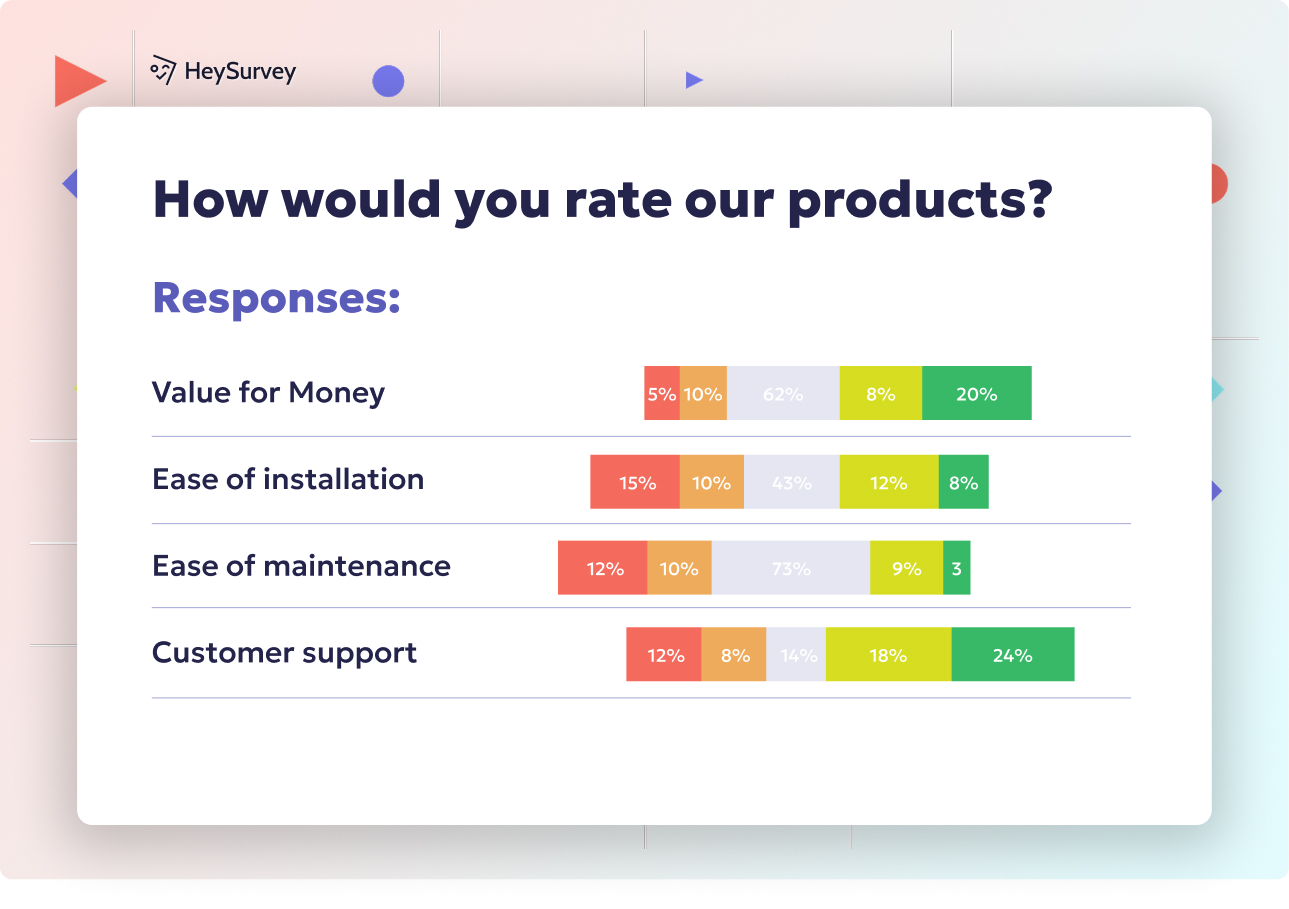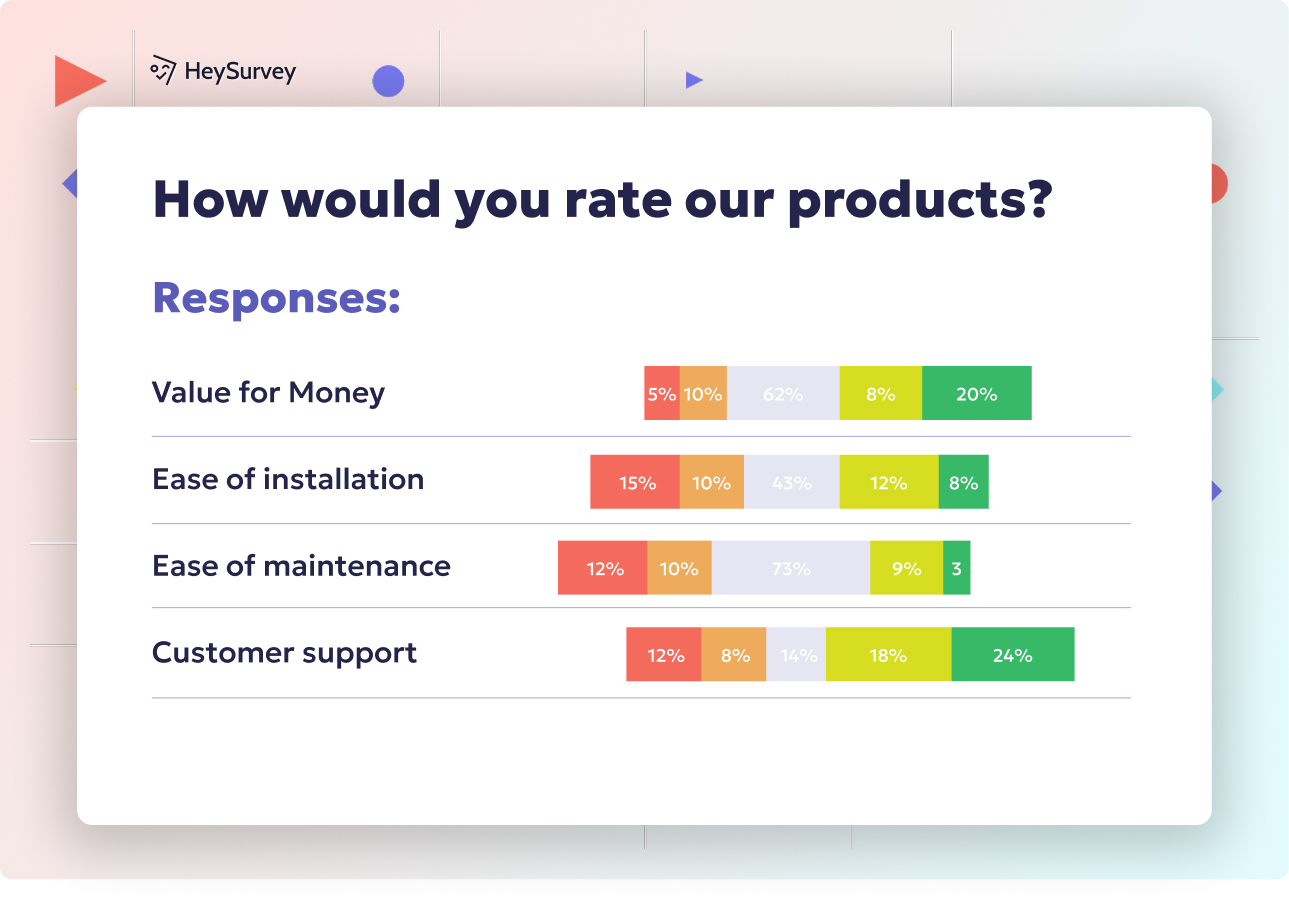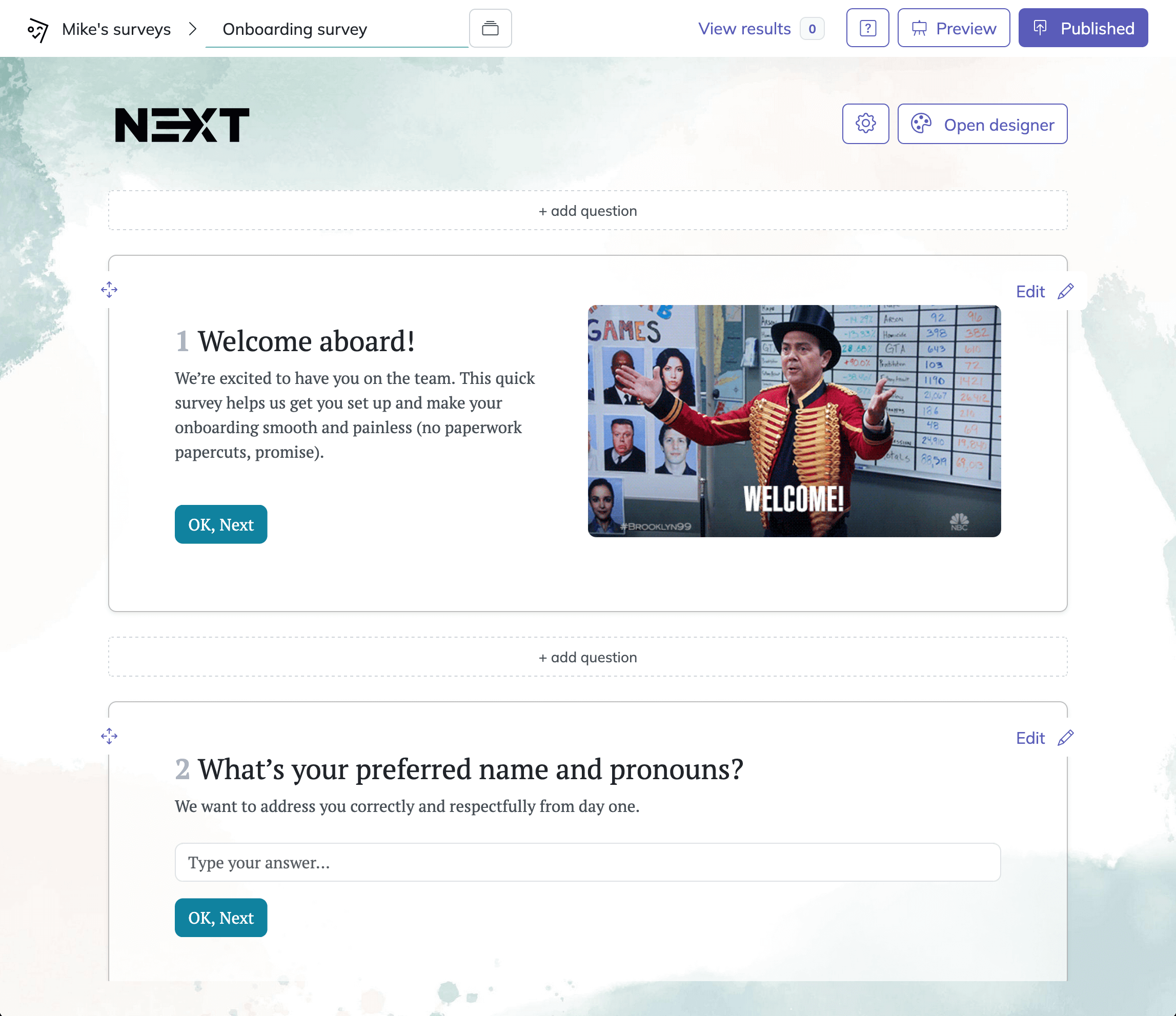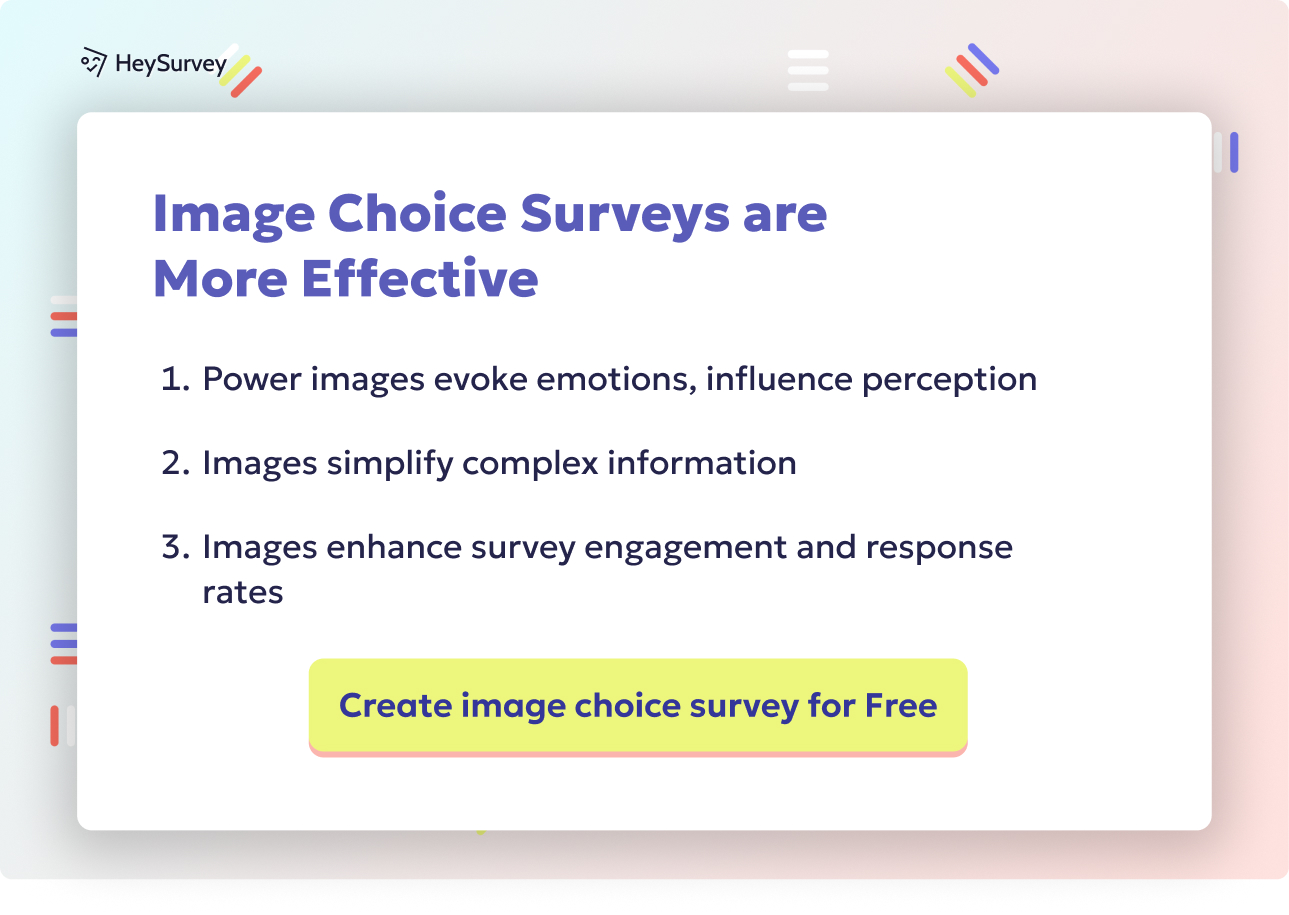32 Open-Ended Employee Survey Questions for Qualitative Feedback
Explore 25+ open-ended employee survey questions to unlock rich qualitative feedback and gain actionable insights for better workforce engagement.
Open-ended employee survey questions are the secret weapon in your feedback arsenal. Unlike simple yes/no or multiple-choice queries, these questions let employees tell their whole story, capturing the kind of qualitative employee feedback that canned responses simply can’t touch. By listening to the genuine voice of the employee, organizations unlock powerful insights that fuel improvements in engagement, onboarding, leadership, and more.
Introduction — Why Open-Ended Questions Are the Backbone of Insight-Driven Employee Surveys
Open-ended employee survey questions invite people to share opinions, describe experiences, and voice concerns—in their own words. This shapes a much richer, more nuanced picture than you’d ever get from predefined checkboxes. Such qualitative employee feedback is vital for uncovering untold stories, surfacing hidden frustrations, and recognizing unsung workplace heroes.
These questions show up in a variety of contexts:
- Engagement surveys that track morale and motivation
- Onboarding surveys finding out if new hires feel welcome
- Exit surveys uncovering real reasons why talent walks out the door
- Plus, pulse checks, DEI, training, and wellbeing studies
If you want to truly understand how your team is feeling—or what’s not working—open-ended feedback is where the real magic happens.
Open-ended survey questions often yield higher item nonresponse rates, with an average of 18%, compared to 1-2% for closed-ended questions. (pewresearch.org)

Creating a survey with HeySurvey is refreshingly simple, even if this is your first rodeo. Here’s how to get your open-ended employee survey up and running in just three easy steps—and a couple of bonus moves to make it truly shine!
Step 1: Create a New Survey
- Head to the HeySurvey dashboard and click Create New Survey.
- You can choose to start from scratch with an empty sheet or pick a pre-built template that already fits your survey’s purpose.
- Feeling adventurous? Try the text input creation method where you type your questions, and HeySurvey formats them automatically.
- Once selected, your survey will open in the Survey Editor—your command center for everything that follows.
If you’re in a hurry, hit the button below this instruction to launch a template tailored for your survey type. Easy peasy!
Step 2: Add Questions
- Click the Add Question button at the top or between existing questions.
- For open-ended employee feedback, pick the Text question type, which allows respondents to type their detailed answers.
- Type your question prompt exactly as you want it to appear—for example, “What motivates you most about your work?”
- You can mark questions as required to make sure no voices are left unheard.
- Need to spice things up? Add images, descriptions, or use Markdown formatting to style your question text nicely.
- Duplicate questions if you want to create multiple similar prompts quickly.
Repeat this process until your survey covers all the open-ended inquiries you need.
Step 3: Publish Your Survey
- When you’re happy with the questions and flow, click Preview to see exactly how your survey will look to employees.
- Adjust any design or wording on the fly using the Designer Sidebar without leaving preview mode.
- Once everything is A-OK, hit Publish to make your survey live.
- HeySurvey will generate a shareable link you can send to your team or embed on your website.
- Remember, you’ll need an account to publish and access responses—but signing up is fast and free.
Bonus Steps to Make It Truly Yours
- Apply Branding: Upload your company logo via the branding panel to give your survey that official corporate sparkle. You can also customize colors, fonts, and backgrounds in the Designer Sidebar to match your company style perfectly.
- Define Survey Settings: Set your survey’s start and end dates, limit the number of responses, or add a redirect URL to take people somewhere special after they complete the survey.
- Skip into Branches: Want a personalized experience? Use branching logic to send respondents to different questions based on their answers. This keeps your survey relevant and to the point.
And voilà! You’re ready to collect rich, insightful feedback that will help you hear the real voice of the employee loud and clear.
Core Benefits of Using Open-Ended Questions in Employee Surveys
Open-ended questions unlock deeper insights by allowing employees to expand on issues or ideas that matter most to them, in their own words. This is your backstage pass to thoughts, emotions, and experiences that rigid surveys can’t surface. When you prioritize these questions, you boost the precision of employee sentiment analysis and give hidden patterns a chance to reveal themselves.
Let’s look at some core benefits:
- They uncover root causes behind challenges—why people are demotivated or disengaged
- Responses often highlight blind spots leadership never imagined
- Encouraging genuine input amplifies the voice of the employee and helps people feel heard
- Rich stories provide actionable insights that spark real change
Traditional closed-ended questions, while useful for tracking trends, may box people in or miss context. In contrast, qualitative data paints a fuller, more textured picture.
- Open-ended prompts produce stories that drive empathy in leaders
- They also reveal outliers or unique situations beyond numerical trends
- When surfacing serious issues or bright ideas, detail matters!
If you want real actionable insights, don’t just count opinions—listen to the stories behind them. Numbers alone can paint a bland canvas, but open-ended responses bring the art of employee feedback to life.
Open-ended questions in employee surveys provide richer, more nuanced data by allowing respondents to express their thoughts freely, leading to deeper insights into their experiences and perspectives. (mtab.com)
Employee Engagement Survey
Employee engagement surveys are organizational check-ups, measuring how committed, motivated, and happy your team feels. But here’s the scoop—engagement isn’t always about the numbers. Qualitative input matters most for understanding why people are all-in or secretly planning their exit. Closed questions may reveal low scores, but open-ended questions uncover the “why” behind them.
Why & When to Use an Open-Ended Engagement Survey
Putting open-ended questions in your engagement survey isn’t just a “nice to have.” It’s critical for improving employee engagement—especially when the team’s mood is mysterious or motivation is dropping.
This feedback style works best:
- Annually or bi-annually, so you can spot trends
- After major organizational changes—think mergers, leadership turnover, restructuring
- When you detect a dip in morale or a spike in turnover
- Amid a culture shift or when rolling out ambitious new initiatives
- As a follow-up to closed-ended questions that trigger surprises
Not sure why your “engagement score” dropped? Ask employees to describe what’s bringing them up—or dragging them down. Their stories will point out where to boost workplace morale and what’s fueling disengagement.
5 Sample Open-Ended Engagement Questions
What motivates you most about coming to work here each day?
If you could change one thing to make our workplace better, what would it be?
Can you describe a time when you felt truly valued by your team or manager?
What, if anything, is holding you back from doing your best work right now?
How would you describe our company culture to someone thinking of joining?
Acting on these insights is how you close the loop and show employees that their voices drive change. Don’t just listen—do something bold with what you hear!
Employee Onboarding Survey
Early-stage feedback is your ticket to better retention, faster ramp-up, and a genuinely welcoming culture. Onboarding is about more than orientation packets—it’s about whether people feel included, informed, and confident in their decision to join. That’s why honest, open-ended questions are gold at this stage.
Why & When to Use an Open-Ended Onboarding Survey
The best time to get onboarding feedback is as soon as possible—ideally within the first 30, 60, or 90 days. This window is when impressions are fresh, excitement is high, and confusion (if any) bubbles to the surface.
Perfect moments to listen:
- After the first month, to catch any lingering confusion
- At 60 or 90 days, to understand long-term integration
- Following major role transitions or promotions
- When rolling out new onboarding programs or processes
- During or after a merger, to smooth mass onboarding
Providing space for qualitative employee feedback early on allows new hires to voice unmet expectations, praise what’s working, or flag red flags before they become exit interviews.
5 Sample Open-Ended Onboarding Questions
What has helped you feel most welcome since you started here?
Were there any resources, tools, or information you wish you had received earlier?
How would you describe your first impressions of our company culture?
What part of your onboarding experience exceeded your expectations?
Is there anything about your role or responsibilities that still feels unclear?
Early feedback is a gift—acting on it quickly proves you’re invested in transforming the new hire journey from “just okay” to unforgettable!
Open-ended onboarding survey questions provide qualitative insights into new hires' experiences, enabling organizations to identify strengths and areas for improvement in the onboarding process. (peopleelement.com)
Employee Pulse Survey
Pulse surveys are your organization’s quick temperature check—lean, speedy, and focused on finding out how people feel right now. These lightweight surveys don’t take long to complete, but open-ended questions make them a mini goldmine for qualitative feedback.
Why & When to Use
Pulse surveys shine when you need rapid insights:
- Monthly or quarterly, to keep your finger on the pulse
- During times of change—new leadership, policies, big projects
- To monitor remote worker experiences or return-to-office transitions
- After launching new benefits, tools, or processes
- Whenever you just sense the team needs a listening ear
These quick touchpoints offer a way to catch emerging issues, test new ideas, and measure the impact of mini-interventions. When employees have space to say what’s really on their minds, it’s easier to spot smoldering problems before they become full-on fires.
5 Sample Open-Ended Pulse Questions
What is one thing that went particularly well for you this past month?
Is there anything making your workday unnecessarily difficult right now?
How supported do you feel by your manager or team lately?
What resources or tools would help you be more effective?
Have you noticed any changes in team communication, for better or worse?
Pulse check responses quickly reveal spikes in workload stress, resource gaps, or communication breakdowns. Acting fast can stop issues in their tracks and keep morale soaring.
Employee Exit Survey
An exit survey is the ultimate truth serum—departing employees are far more likely to drop the filters and be blunt about what’s working, and what’s not. These insights are arguably the most actionable because they reveal the not-so-great stuff that current employees often keep to themselves.
Why & When to Use
Exit surveys should be conducted after an employee submits their resignation, during their notice period, or as close to their final week as possible. This timing:
- Ensures feedback is fresh and honest
- Informs future retention strategies by highlighting avoidable turnover triggers
- Spots larger trends (toxic teams, weak onboarding, career blockages)
- Provides direct commentary on leadership effectiveness
- Identifies process breakdowns that might be driving talent away
Don’t save exit surveys for the last day only—catch people while they’re still present, engaged, and maybe even open to being persuaded to stay.
5 Sample Open-Ended Exit Questions
What was the primary factor in your decision to leave our company?
Were there things we could have done to keep you here longer?
How would you describe your experience with your manager or team?
Is there anything about our culture that didn’t meet your expectations?
What advice do you have for making this a better place for future employees?
By treating exit interviews as learning opportunities, organizations can turn painful departures into opportunities for genuine improvement.
Training & Development Needs Survey
Skills gaps can quietly erode organizations from the inside, making training and development surveys vital. These surveys are about more than compliance—they uncover what people really want to learn, where they feel stuck, and which formats work best. Open-ended prompts let employees dream big and get real.
Why & When to Use
Training surveys are strategic tools at times when winds of change are blowing:
- Before annual budget planning, so L&D dollars go where they matter
- When launching new tech, processes, or departments
- For succession planning, to pinpoint leadership pipeline needs
- After industry shifts or rapid growth spurts
- Post-training, to measure program effectiveness and capture suggestions for next time
Inviting candid feedback here creates a direct line to career aspirations and blockers that might hold back organizational agility.
5 Sample Open-Ended Training Questions
What new skill would you most like to develop in the next year?
Are there any recent projects where you felt unprepared or undertrained?
Which learning formats (online, in-person, mentoring, etc.) work best for you?
What barriers are making it difficult for you to access training or development opportunities?
How do you see your career evolving, and what support would help you get there?
These responses can mold your learning strategy into something employees actually want—filling skills gaps, supporting growth, and retaining your future leaders.
Diversity, Equity & Inclusion (DEI) Survey
Crafting an inclusive, equitable workplace is a strategic necessity, not just a checkbox. DEI surveys measure whether people feel like they truly belong or if exclusion and bias are lurking beneath the surface. Open-ended DEI questions bring raw stories into the light and capture nuances statistics can’t.
Why & When to Use
Launch DEI surveys:
- Annually, as a pulse on belonging and equity
- After new DEI initiatives—training, policy shifts, transparent pay structures
- When introducing or evaluating Employee Resource Groups (ERGs)
- Following high-profile incidents or social movements that affect staff
- Anytime you want to give people space to share stories and suggestions
These checkpoints help organizations realign DEI goals, track incremental progress, and course-correct where needed.
5 Sample Open-Ended DEI Questions
Can you share a moment when you felt truly included or excluded at work?
What changes would make our workplace feel more welcoming and inclusive for everyone?
Have you witnessed or experienced any bias? How was it handled?
What ideas do you have for building stronger connections across different groups?
How can leadership better support and demonstrate commitment to DEI?
Letting employees lead the narrative ensures the voice of the employee drives a genuinely inclusive, vibrant culture.
Employee Wellbeing Survey
Wellbeing surveys are so much more than tracking sick days or gym memberships. They gauge how people really feel about their workload, their stress, and how supported they are when times get tough. Prioritizing open-ended questions means you’ll catch signals of burnout—or blossoming engagement—long before the consequences emerge.
Why & When to Use
Don’t wait until stress is through the roof to check in! Great times to launch these surveys:
- During peak seasons or organizational crunches
- When remote or hybrid work policies shift
- As an annual or semi-annual snapshot
- At the end of a wellness program or pilot initiative
- Any time culture or leadership changes cause a ripple effect
The goal is honest input about mental health, work-life balance, and stress—which numbers almost never tell the full story about.
5 Sample Open-Ended Wellbeing Questions
How do you feel about your current work-life balance?
What helps you manage stress during busy periods?
Is there anything about your workload or schedule that feels unsustainable?
How comfortable do you feel discussing wellbeing or mental health with your manager?
What can we do to better support your overall wellbeing at work?
Proactively addressing wellbeing signals pays off in loyalty, productivity, and genuine happiness.
Best Practices (Dos & Don’ts) for Crafting and Analyzing Open-Ended Questions
Getting great insights from open-ended questions starts with crafting them thoughtfully. Keep prompts clear and specific—avoid vagueness, so employees know exactly what feedback you’re seeking. Use language everyone understands, and stick to one topic per question.
Here are a few key dos for your employee listening strategy:
- Place open-ended questions early in the survey, while energy is high
- Assure respondents of their anonymity—honesty increases with safety
- Categorize and group responses for easier analysis
- Follow up with communication that demonstrates action
- Close the loop—let employees know what changes were made based on their feedback
Just as important are the don’ts:
- Don’t use leading or loaded language
- Avoid “double-barreled” questions that cram two topics into one
- Skip the jargon—everyone should “get” what you’re asking
- Never ignore the coding and analysis of qualitative data—manual review or text analytics tools help find common themes
- Don’t let feedback pile up with no response.
Text analysis platforms supercharge the employee listening strategy by rapidly identifying patterns, sentiments, and urgent topics. Remember, sharing results—along with clear actions and timeframes—cements trust. Closing the feedback loop means people see their ideas turn into reality, making them more likely to speak up next time.
When you combine thoughtful question design, smart analytics, and meaningful follow-through, open-ended survey questions will shape your culture in all the right ways.
In the world of employee surveys, open-ended questions transform raw voices into real progress. When organizations make it easy for people to be honest—and show they’re listening—insightful, actionable change follows. Ask, analyze, act, and repeat, and your organization will always know what matters most to your people. Now, go and let those voices shine!
Related Employee Survey Surveys

29 Essential Post Mortem Survey Questions for Project Success
Discover 25+ essential post mortem survey questions to improve projects, boost team morale, and d...

31 Change Readiness Survey Questions to Boost Your Success
Discover 25+ sample change readiness survey questions to assess attitudes, barriers, and confiden...

31 Retreat Survey Questions to Collect Actionable Feedback
Discover 26 essential retreat survey questions to gather actionable feedback before, during, and ...


